Cattails (Typha species) are often overlooked, yet they hold incredible value as a nutritional powerhouse and survival superfood. Found in wetlands and marshes worldwide, cattails have been a staple food for indigenous cultures and foragers for centuries. Almost every part of the plant is edible, providing a reliable source of calories, fiber, and essential nutrients.
Edible Parts of Cattails
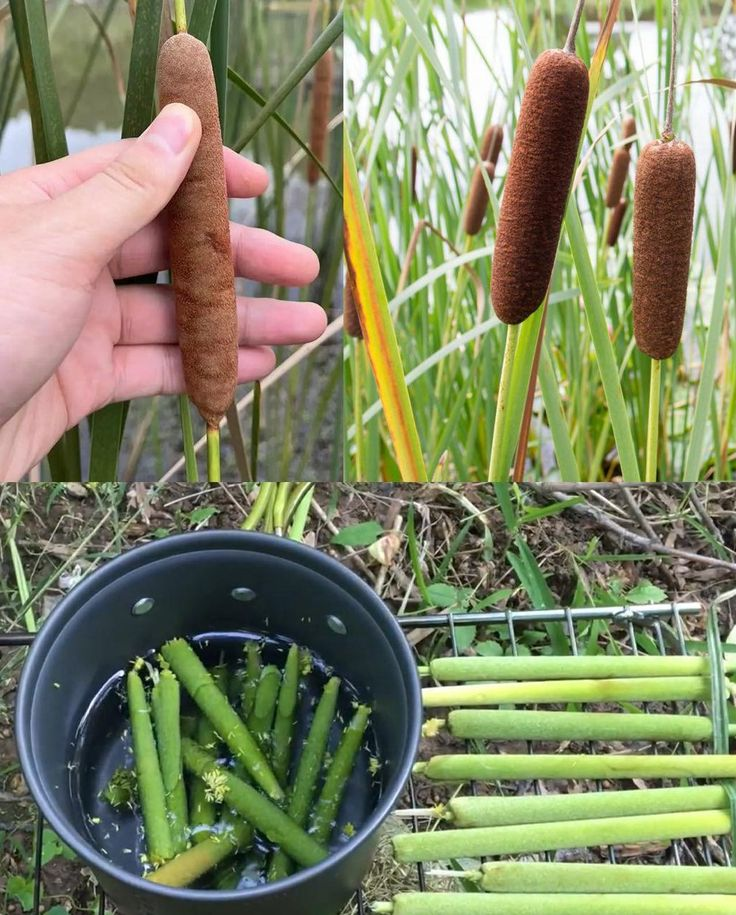
Every part of the cattail plant has culinary and medicinal uses. From the underground rhizomes to the pollen at the top, this plant provides a diverse range of nutrients.
1. Rhizomes (Roots) – The Ultimate Survival Food
Cattail rhizomes are packed with complex carbohydrates, fiber, and essential minerals like potassium and magnesium. They provide sustained energy, making them a perfect survival food.
These underground roots can be boiled, roasted, or dried and ground into flour for baking. They are available year-round, making them a reliable food source in any season.
Video:
Cattail: Why this is the MOST VERSITILE plant in the swamp!
How to use:
- Roast or boil them to create a starchy, energy-rich dish.
- Grind dried rhizomes into flour for making bread, pancakes, or thickening soups.
- Chew raw rhizomes in emergency situations to extract starch.
2. Young Shoots & Stalks – The Cattail Heart
The young shoots, also known as cattail hearts, are tender and have a mild, cucumber-like flavor.
They are low in calories and high in fiber, making them great for digestion. They are also rich in Vitamin C and Vitamin A, which support immune function and vision.
How to use:
- Enjoy raw in salads for a crisp, refreshing bite.
- Sauté with garlic and olive oil for a flavorful side dish.
- Add to stir-fries and soups for extra texture.
3. Flower Spikes – A Wild Alternative to Corn
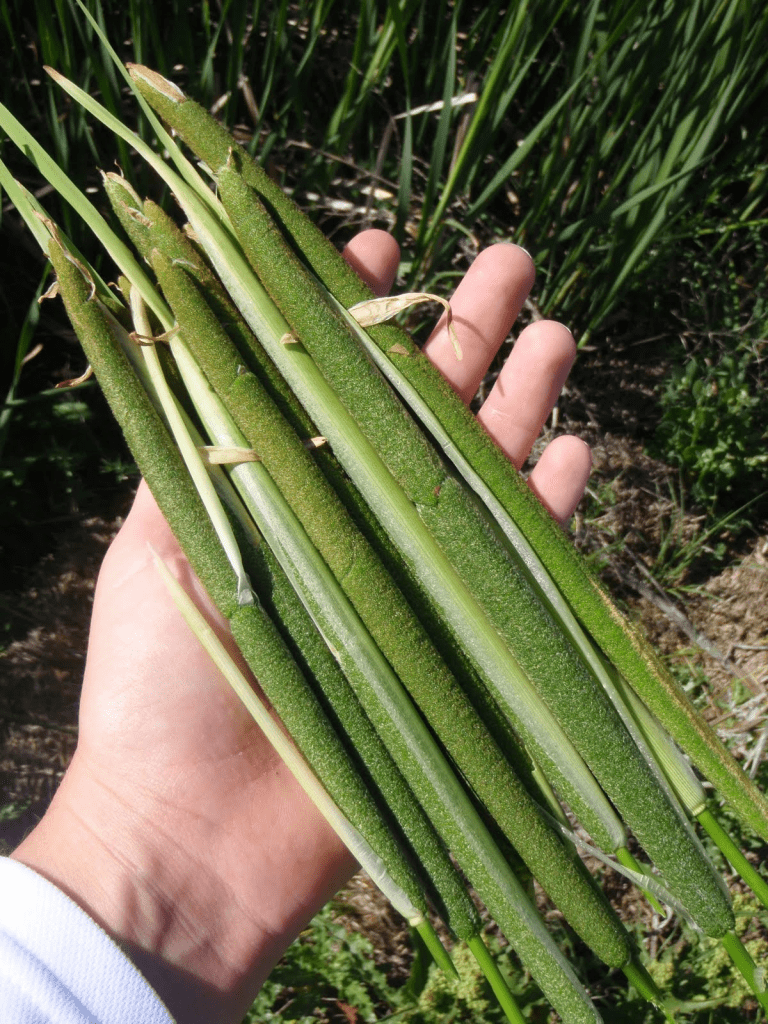
The immature green flower spikes resemble mini corncobs and can be eaten in a similar way.
They are high in dietary fiber, aiding digestion and providing essential minerals like iron and zinc.
How to use:
- Boil and eat like corn on the cob, served with butter and seasoning.
- Chop and add to soups and stews for extra nutrition.
4. Pollen – A Protein-Rich Flour Substitute
Bright yellow cattail pollen is high in protein and has been used as a flour supplement for centuries.
It is an excellent protein source, making it ideal for vegetarians and vegans, and contains antioxidants that support cellular health.
How to use:
- Mix with regular flour to make pancakes, bread, or biscuits.
- Stir into smoothies, soups, or sauces for a nutrient boost.
5. Leaves and Stems – More Than Just Food
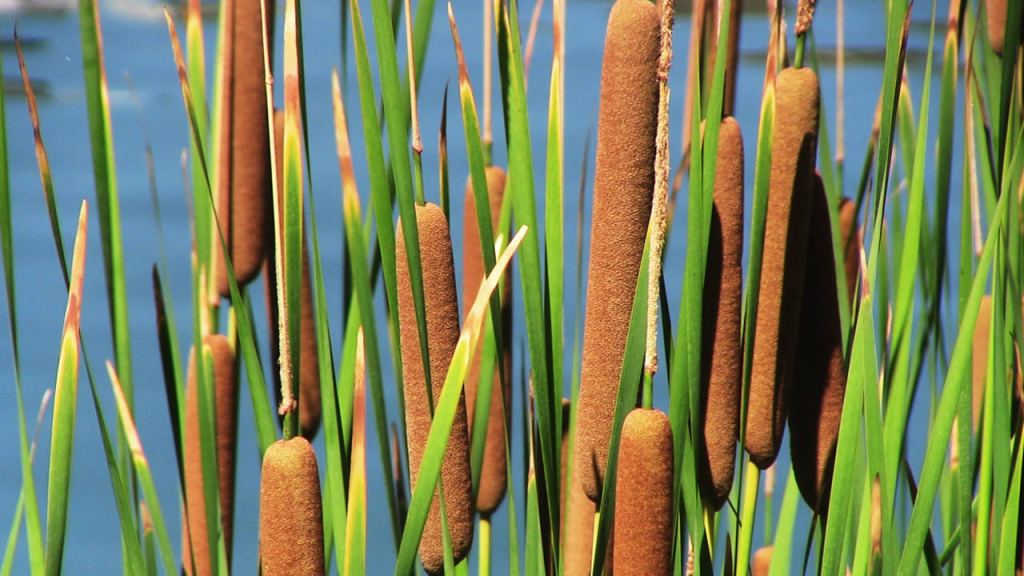
While not a primary food source, cattail leaves have traditional uses in cooking and beyond.
How to use:
- Wrap fish or vegetables in cattail leaves before steaming for added flavor.
- Use as a natural, biodegradable cooking wrap instead of aluminum foil.
Why Rhizomes Are the Most Important Part
Among all parts of the cattail, the rhizomes stand out as the most practical and nutritious.
Video:
Cattails a great survival food and it’s medicinal purposes.
They are high in carbohydrates, which provide long-lasting energy, and rich in fiber, which improves digestion. They also contain essential minerals like potassium and magnesium, which support heart health and muscle function.
Because they are available year-round, they are a crucial survival food when other food sources are scarce.
Additional Benefits of Cattails
Beyond their nutritional value, cattails offer several additional advantages that make them an exceptional wild food.
Sustainability
Cattails grow in wetlands and marshes, requiring no fertilizers or pesticides. Harvesting them responsibly helps maintain the balance of wetland ecosystems.
Medicinal Uses
The roots have antibacterial properties and can be used as a natural wound dressing. Cattail pollen can help reduce inflammation and boost immunity.
Versatile Applications
Cattail leaves and fibers can be used for weaving baskets, mats, and even insulation. The fluffy seed heads can be used as fire starters or even for pillow stuffing.
Harvesting and Safety Tips
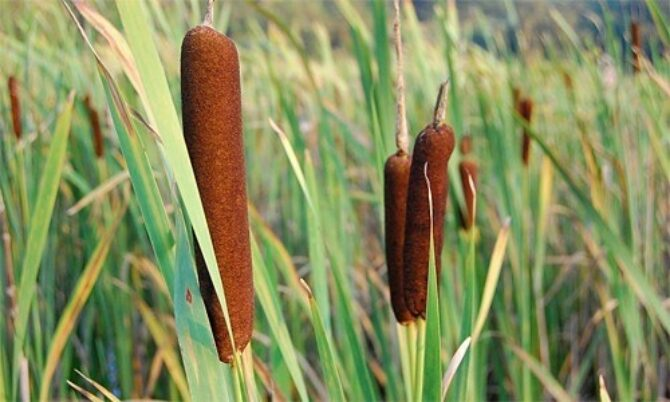
Before foraging for cattails, it’s essential to follow safety guidelines to ensure they are safe to eat.
Choose Clean Water Sources
Cattails absorb toxins and heavy metals from polluted water. Harvest from clean, unpolluted wetlands to avoid contamination.
Harvest Responsibly
Take only what you need to ensure the plant population remains sustainable. Cutting stalks above the rhizome allows the plant to regenerate.
Clean Thoroughly
Wash all parts of the plant to remove dirt and contaminants before consumption.
Final Thoughts: Cattails as a Survival and Nutritional Superfood
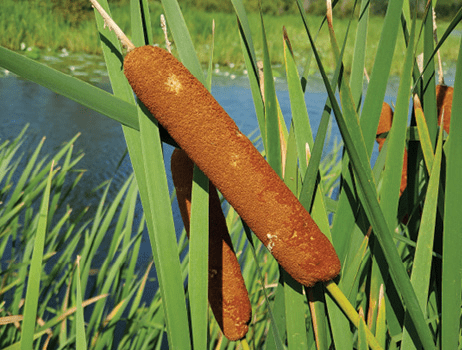
Cattails are far more than just an ordinary wetland plant—they are an incredible resource for nutrition, survival, and sustainability. Their edible components provide essential nutrients, and their versatility makes them invaluable for outdoor enthusiasts and survivalists alike.
Whether you’re interested in wild foraging, emergency preparedness, or sustainable food sources, cattails offer a reliable and nutrient-dense solution.
Next time you come across cattails, take a moment to appreciate their incredible potential as food, medicine, and more. Nature has provided us with an amazing resource—why not use it?


